By
Posted on
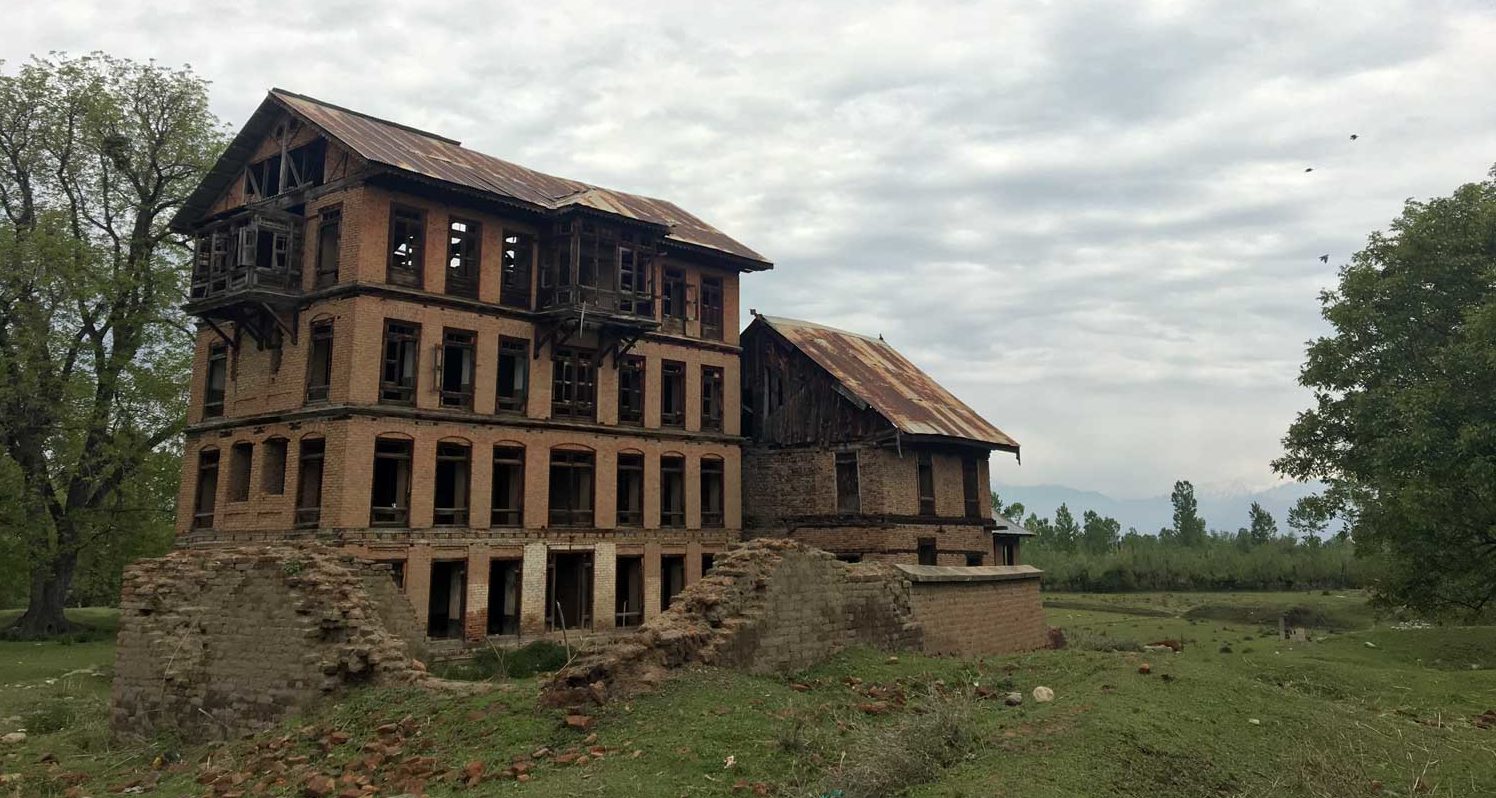
I saw myself in broken mirror pieces. Those brittle pieces interspersed with dry mud had many secrets locked in its pointless sparkle. And what I saw was some other place in time. Somewhere, I thought I always belonged even though I had never been here.
But it was an explicit window into a world torn apart by years of abandonment. It is almost unbelievable that the road in Pulwama’s Haal village surrounded by shades of lush green and yellow can lead to something as surreal as what I saw.
My grandmother’s stories had come alive.
I had heard of abandoned Pandit houses here and even seen its glimpses in various documentaries. But as I began my road trip from the majestic Dal Lake, deeper into the villages of South Kashmir, my heart was in my mouth. That trip changed me forever.
With the halt of the car and my first step on the alien soil, my first sight caught some 10-odd houses – all out of place.
Surrounded by just ruins of different shapes and sizes, I traveled to a world in a time warp. Each house seemed like a time machine. I didn’t know which one to enter first. I was overwhelmed at the sheer irony of my surroundings which was an endless mass of land – a rare sight in Delhi. That place was peaceful but it was the kind of peace that comes to haunt you.
Those destroyed pieces of marvel were exactly the kind of houses I dreamt of living in. I encountered the kind of magical realism that one experiences in Harry Potter movies. No one would believe me but I saw magic happen right after I stepped into the first house I could. Hollow window frames were a window to an abandoned past. I felt like some special power transported me in the past, to live that past, even though the time-travel lasted just half an hour.
With rusted tin roofs and frail wooden foundations, it felt as if the house was still standing tall to tell a story.
Designed in rich Kashmiri woodwork, it must have been a sense of pride to live here, I thought to myself. There was a rectangular shelf probably meant for holding a mirror. As soon as I looked through it, I saw someone’s wife – dressed for some festivities, taking a final look at the mirror on the wall. She was giving the final touches to her freshly applied lipstick. She must have asked her husband how she looked. And he must have replied, “Naar hish!” (Fiery).
As I moved forth to enter the other room, my walk was broken by a lone shoe – lying unpolished for decades together. The years gone by had added layers of filth to it.
But I also saw the day when someone named somebody must have spent his first salary to buy it. It looked like a local make. He must have been so happy for his first job in a bank or a college somewhere nearby. He was happy and would carefully polish it every day. I wonder who owned the shoe. Can I reach him and give him this shoe? Will he be happy? What if he’s no more?
As more and more paraphernalia in that house began coming to life, I felt estranged from the sheer transience of time that we all try to avoid at some point or the other.
I didn’t feel like taking pictures or selfies like I would normally do. But this experience, which was soon to become a memory, hardly needed a visual testimony. Yet, each frame continues to be deeply etched in my memory.
As I hopped from one house to another, I felt like I was breaching someone’s privacy. This one, right next to the first one had more than seven rooms on two floors.
This one looked like a very well off family. The faces in my imagination were suddenly more regal. The wall of the hall where I guess the famous Kashmiri darbar (chit chat with extended family) must have taken place was very tastefully done in green. It had alternate rows made of small squares and triangles painted in pink, yellow and blue randomly. The woodwork on the roof – now withered, must have been magnificent and one of its kind in the entire town. The architect had an eye for detail. The chamber leading to the big wooden windows had pillars with small circles now filled with nothing but dust.
I imagined a lot of people coming in and out of the hall – having food and noon chai. After they were done, a lady member of the family, most likely the daughter, would clear the dastarkhaan and put the utensils in the sink which was separated from the main hall by a wall.
There was a small sink made of mud, with missing taps and utensils.
But I again saw someone curt, overburdened by utensils, trying to finish washing them before her back starts to pain. There were cemented shelves to keep boxes in the kitchen. I think the ladies in the kitchen were preparing for gaad-bat (fish with rice) for dinner.
Everybody in the family loved that. I saw innumerable boxes of Kashmiri spices, cloves, saffron and a giant bottle of oil kept ready for preparation. Some of the chilli powder entered my eyes and that’s when I got out of my daydream.
I had kept the worst house for the last. Worst – due to the scale of destruction. I felt bad for the owner. What would happen to him if he sees it in this condition today? But this worst house covered in the most amount of rubble was the most intriguing one. Actually, each house was one of its own. Still so, wrecked uniquely enough.
This one had only one room in solid form. It looked like one of the royal palaces of Udaipur. The walls of the only surviving room, seeming like a pooja room, were crafted like one of those effervescent paper-machie designs. Long strings of petals running from everywhere to everywhere.
Each corner had an extension to keep diyas. But here, I was not in a position to imagine any type-casted scenario.
As I leaned forward to pick up a piece of paper that was kept on the shelf, tears trickled down my cheeks. It had a picture of Shiva and bits and pieces of other Hindu gods. Everything was gone yet the pooja room was intact with its deities in place.
Deep inside I was wishing to go back in time and live a life like this. Or rebuild something good out of this rubble, right here, right now.
And then, a voice called me from behind when I was looking for another house to explore. “What are you looking for?” she asked. I was still lost, trying to get out of the world I just saw.
I told her that I was from Delhi and wanted to see this village and visit abandoned Pandit houses.
“What’s there to see here? This place is so boring,” she said.
I asked her who she was and what she was doing here. She was in her teens – bright and full of dreams to make it big as a boxer. There was a stark contrast between us. I was born and brought up in the cacophony of Delhi yet longed to live in a small, secluded place like this. But she, a fellow Kashmiri Pandit, born and brought up in Kashmir and Jammu occasionally, was sick of this place.
She told me she loved the city life of Jammu and has no one to talk to in Haal. I wish I could change places with her but the grass is always greener on the other side, I guess. But while I was there, I felt the grass was rather melancholic.
On my way back, even after I was miles away from that place, closer to the serene waters of the Dal Lake, it took me a while to get out of that place.
The author is a Journalist based in New Delhi.
Views and opinions expressed in this article are those of the author’s and do not necessarily reflect the editorial position and policy of Free Press Kashmir.








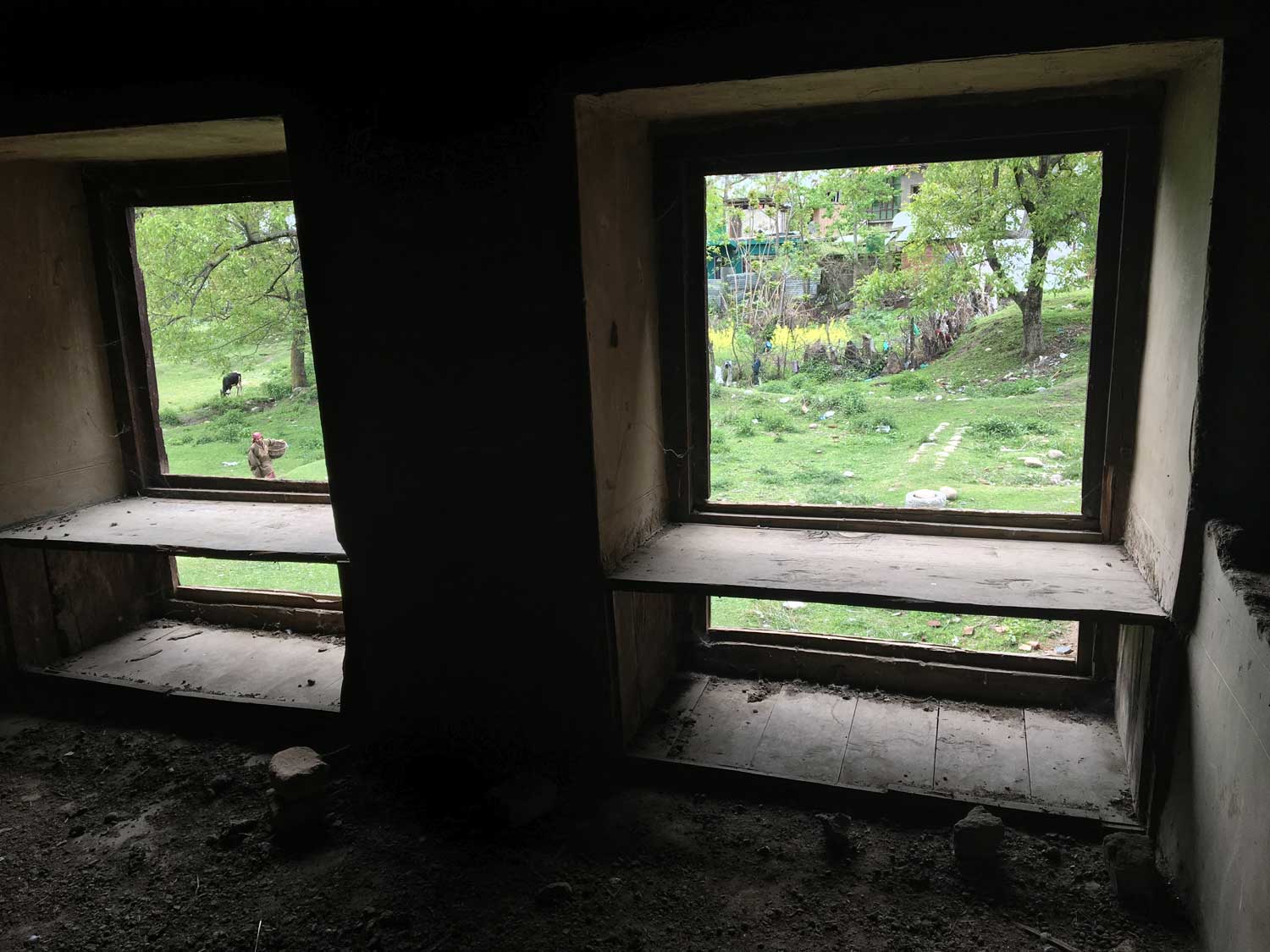
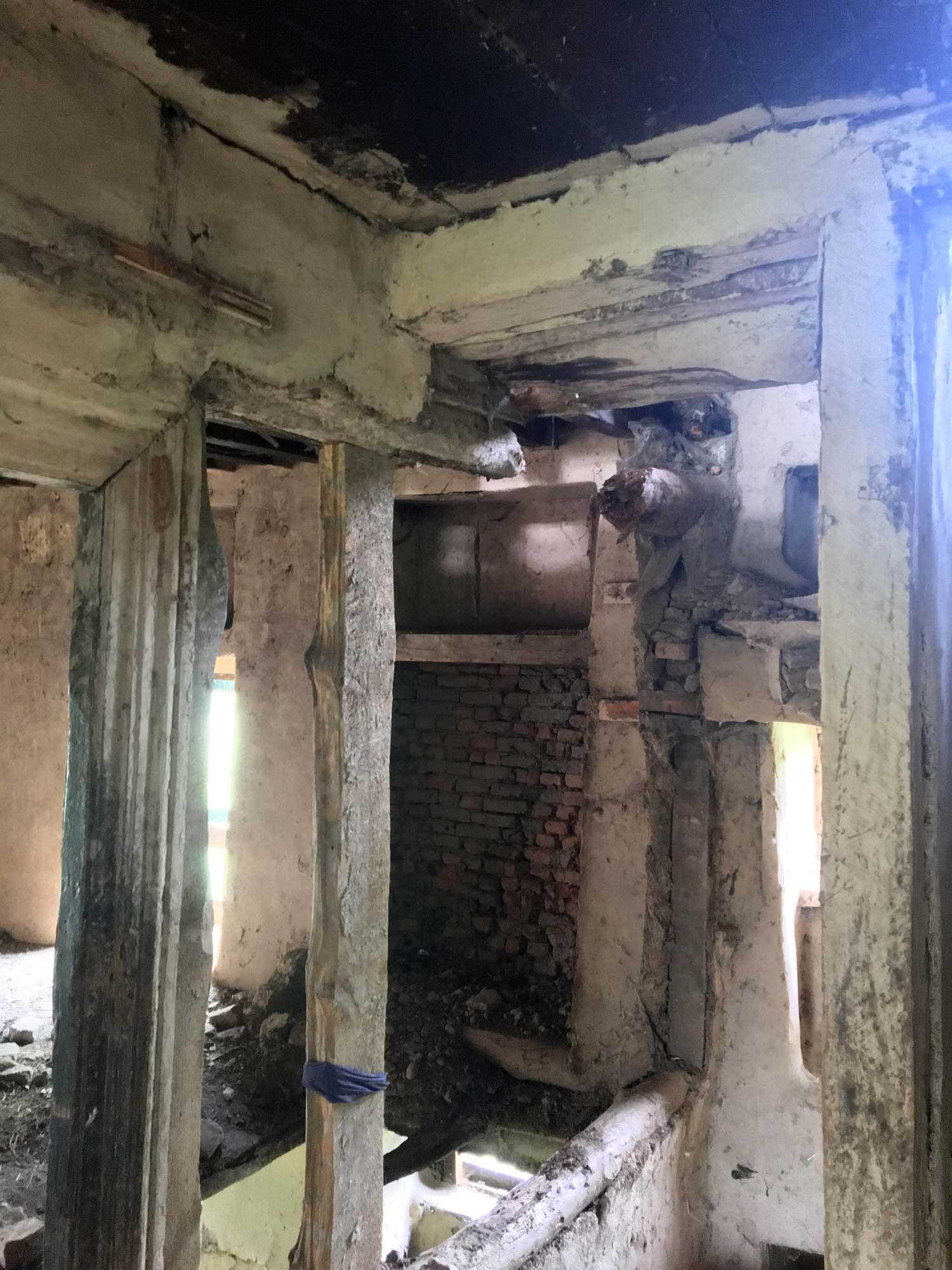












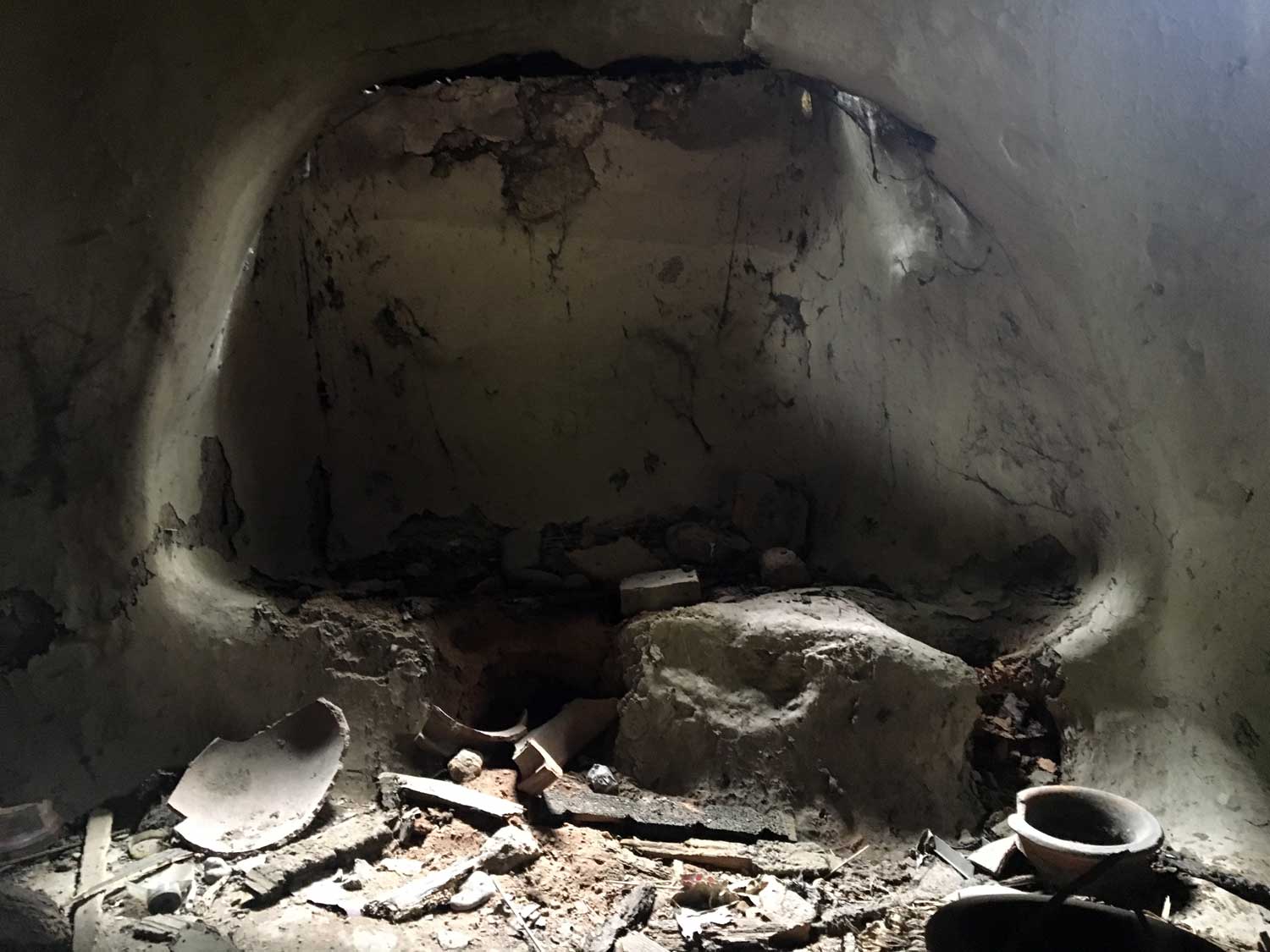

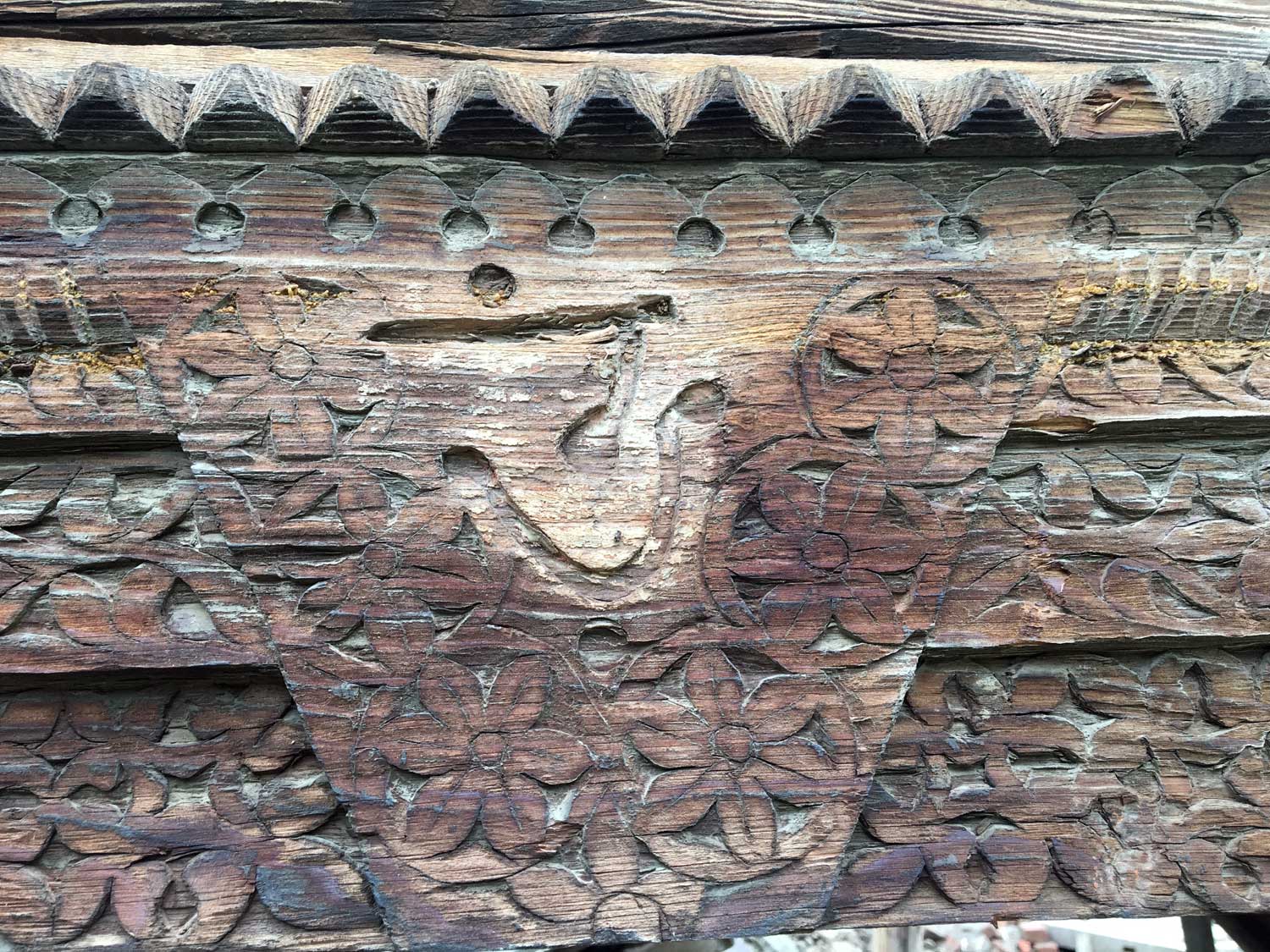




Click to comment
Crime

#JusticeForAsifa People in JK demand justice for 8-yr-old allegedly raped and murdered in Kathua
By
Posted on
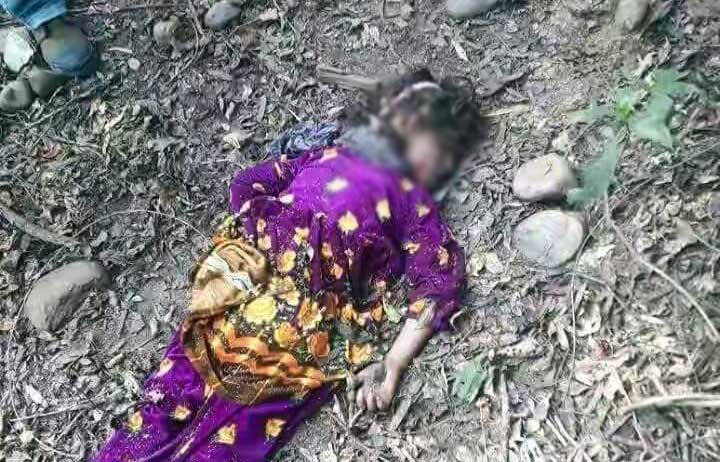
Netizens across Jammu and Kashmir reacted sharply against the alleged rape and murder of an eight year old girl belonging to a nomadic tribe in Kathua district in Jammu and Kashmir.
Unidentified persons allegedly raped, tortured and killed the eight-year-old girl, idetified as Asifa. Rising Kashmir reported on Thursday, that the child’s body was found on Wednesday morning in Hiranagar area, after locals informed her family.
A woman from Rasana village in Hiranagar last saw the girl, at around 3.30 pm on January 10 when she was taking her horses for water, the daily said. “She did not return home and the family feared she had been abducted. We reached the Hiranagar Police Station on January 12,” an unidentified member of the victim’s family said.
“We have filed a First Information Report. A Special Investigation Team has been constituted,” Jammu Inspector General of Police SD Jamwal told NDTV.
Netizens also drew parallels with Zainab, a minor in Pakistan who was raped and dumped in a garbage site.
Ahmed Touseef wrote, “first Zainab from Pakistan and now Asifa Banoo, a seven year old girl from Kathua who was raped and murdered. Humanity has died. My heart is deeply greived and overwhelmed with pain… #JusticeForAsifa is what we demand.”
Shujaat Bukhari, the editor of Rising Kashmir wrote, “…when one wakes up to know about the horrendous news of kidnapping, rape and killing of 8-year old Asifa Bano in Kathua, this is gruesome incident beyond words. Sadly this savagery has no boundaries. #JusticeForAsifa.”
Guftar Ahmed Chowdhary shared a video of protests in Jammu University. “Jammu University students protest against Kathua Incident where Asifa Bano was kidnapped, raped and murdered,” he wrote.
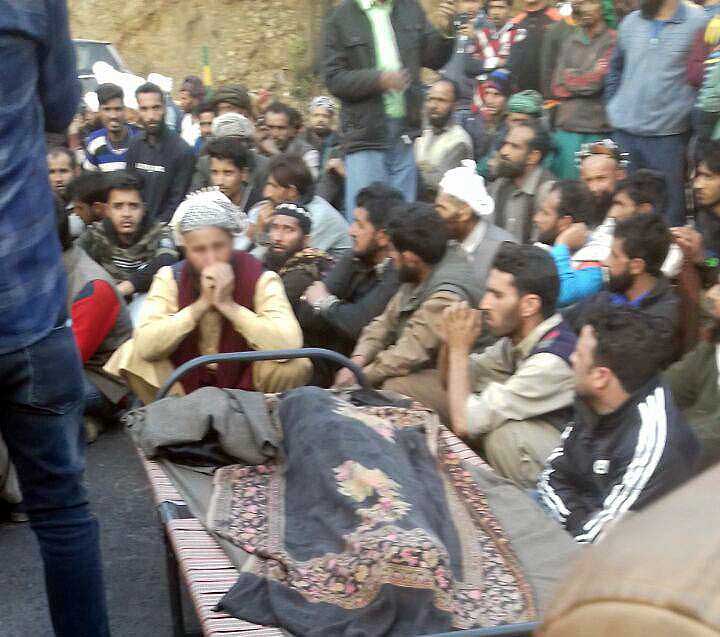
Reacting to the incident Chief minister Mehbooba Mufti on Thursday expressed her outrage over the “heinous” murder of the eight-year-old girl.
Mufti took to Twitter to express her resentment and also assured of investigation into the case.
“Outraged by the heinous incident in which a young Bakerwal girl has lost her life. Incidents like this will be investigated expeditiously & the guilty will be punished,” she said.
Earlier on Thursday, opposition parties had staged a walkout from the Legislative Assembly to protest against the murder of the girl of Bakerwal community in Kathua district of Jammu and Kashmir.Outraged by the heinous incident in which a young Bakerwal girl has lost her life. Incidents like this will be investigated expeditiously & the guilty will be punished.— Mehbooba Mufti (@MehboobaMufti) January 18, 2018
As soon as proceedings of the House began, Congress and NC legislators stood up to protest against the murder of the little girl of Kathua. Uproar in the Assembly led to launching an inquiry into the matter. Locals allege that Police responded very late in the matter.
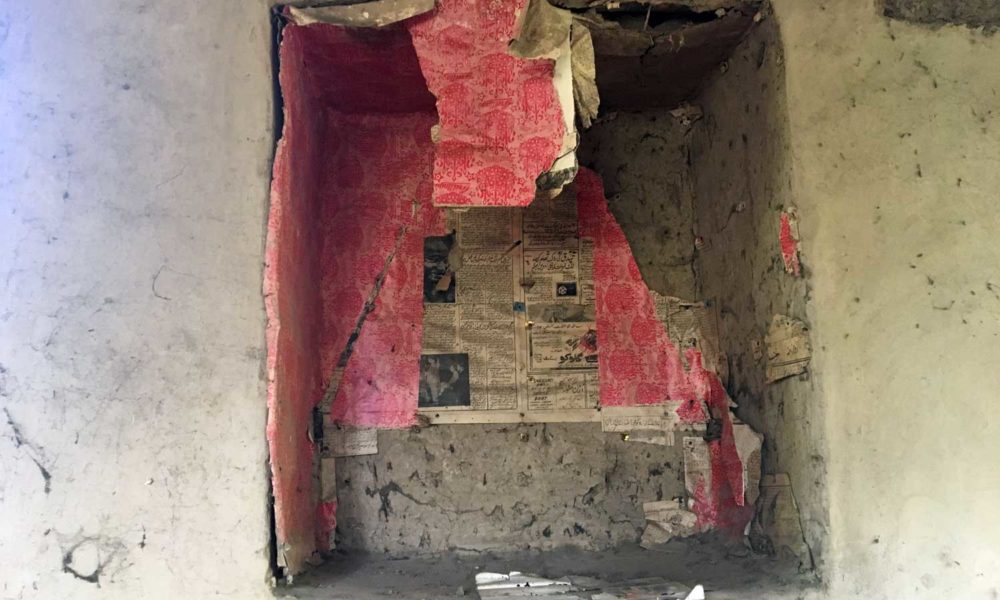




























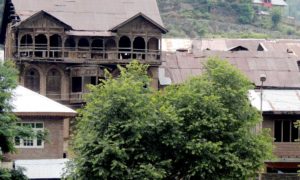
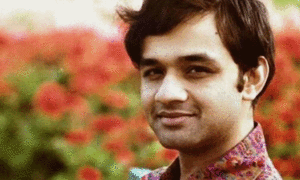

No comments:
Post a Comment